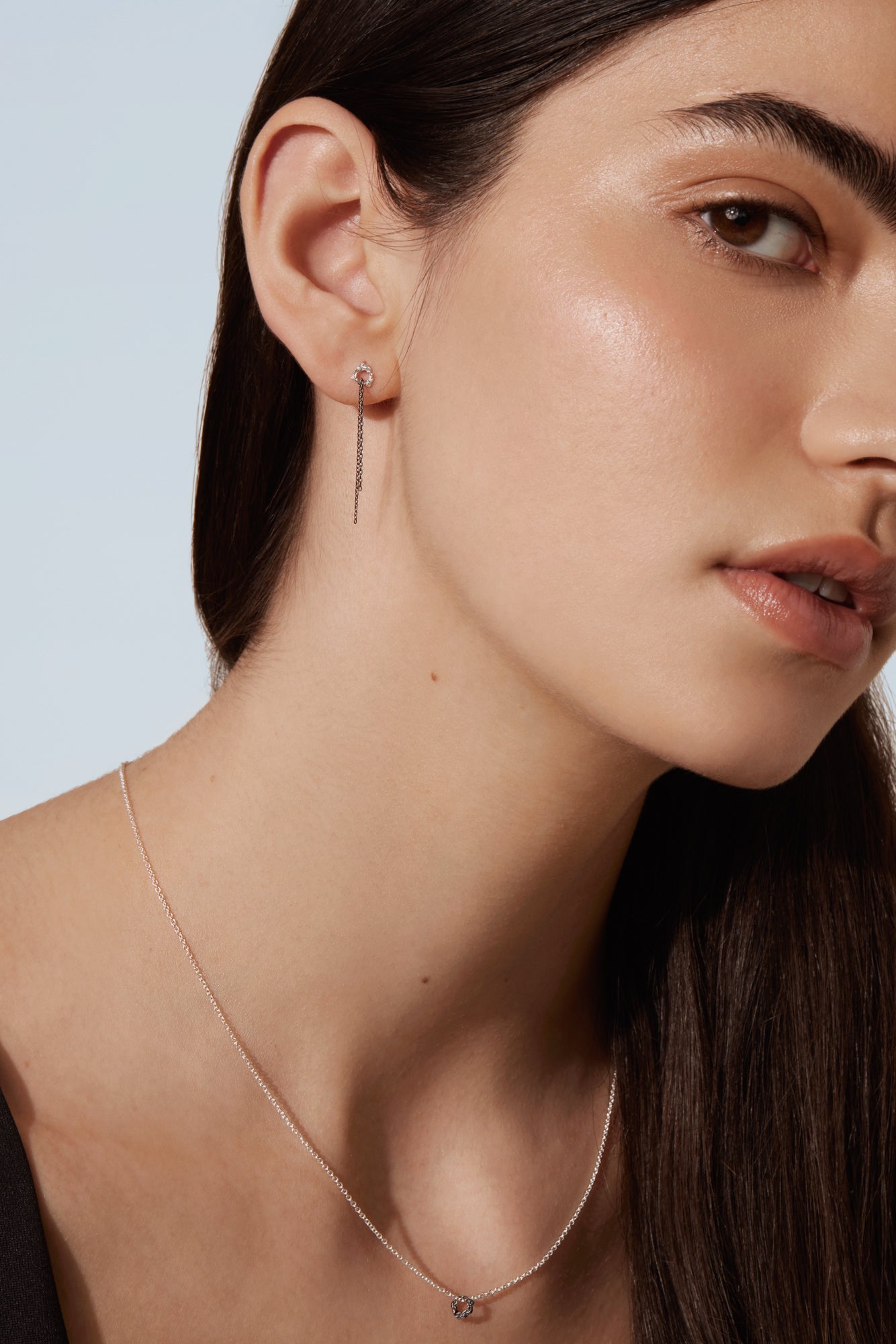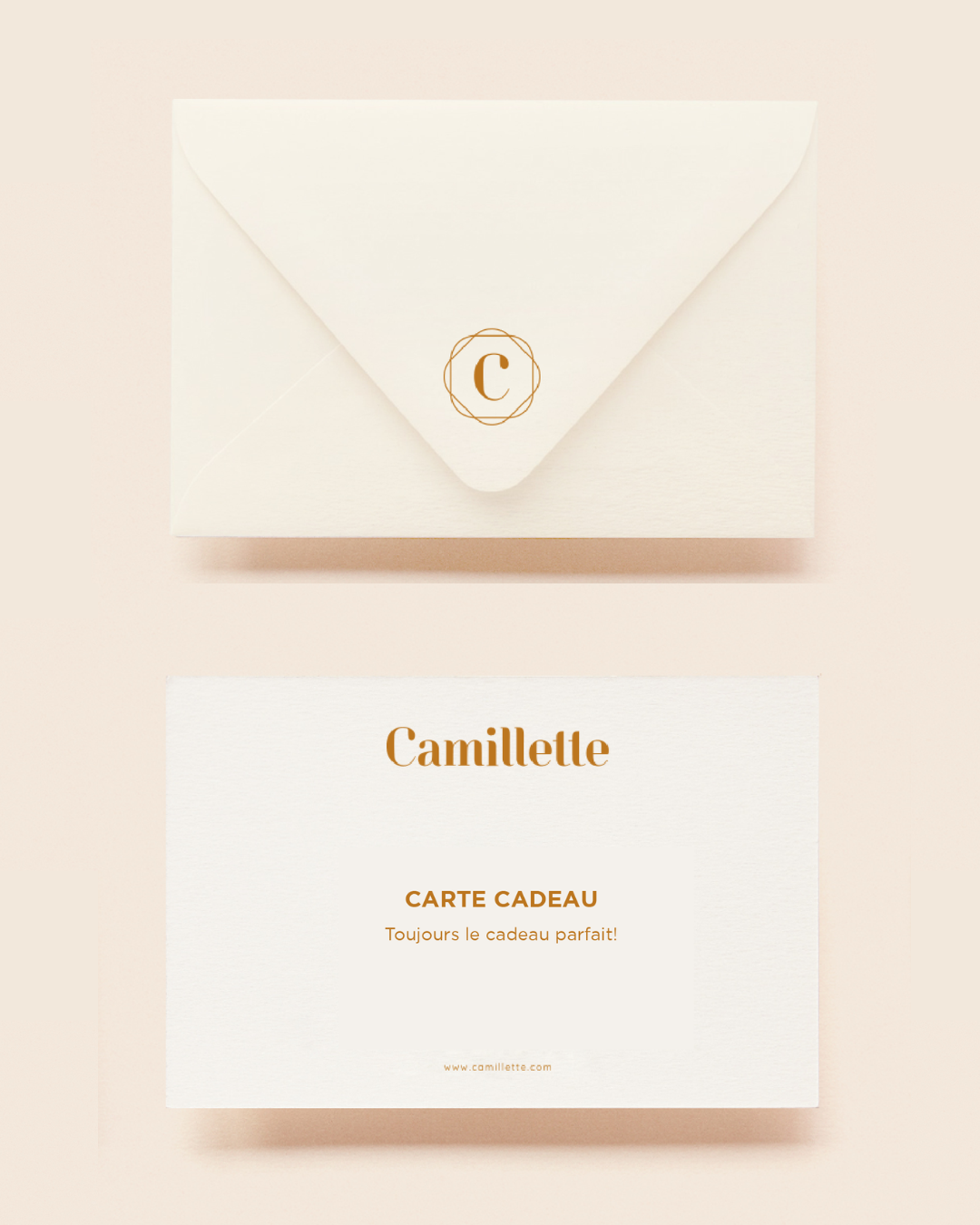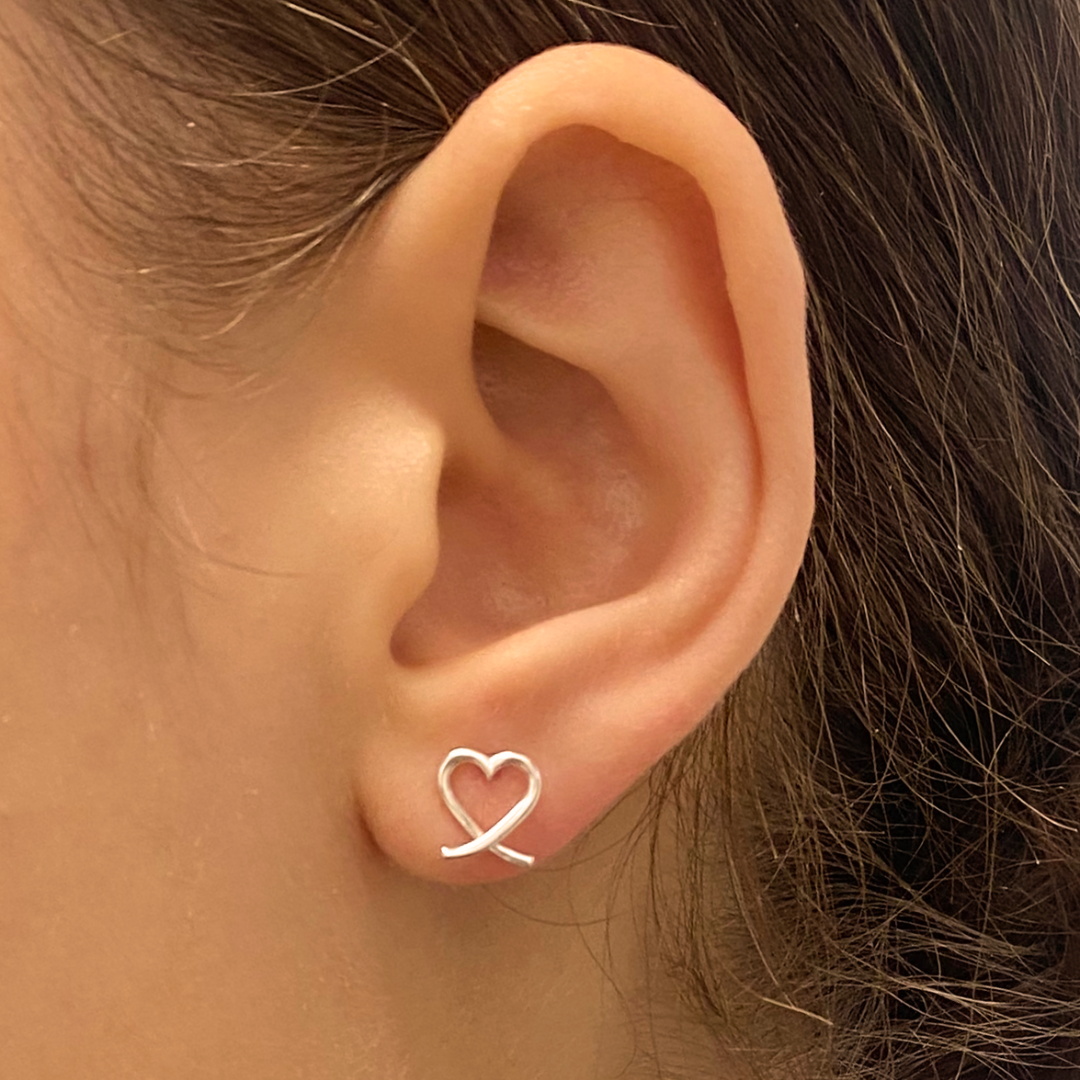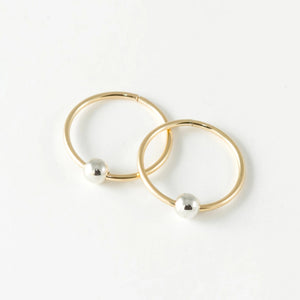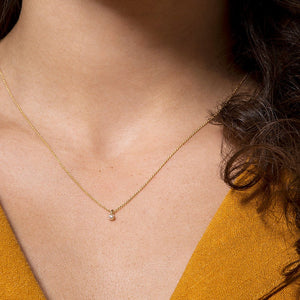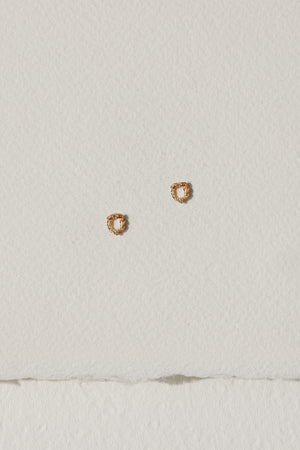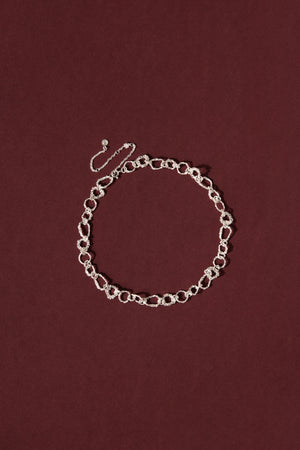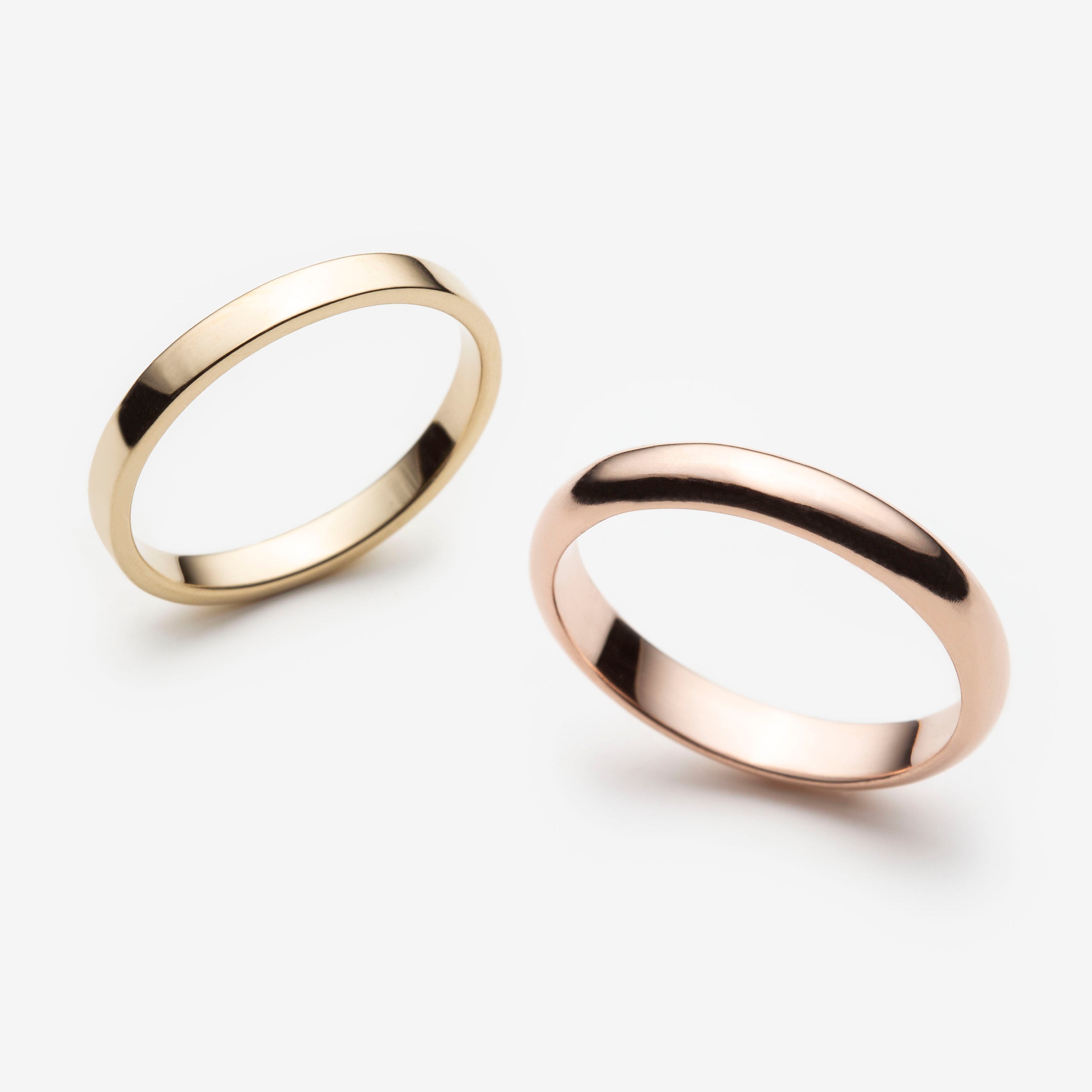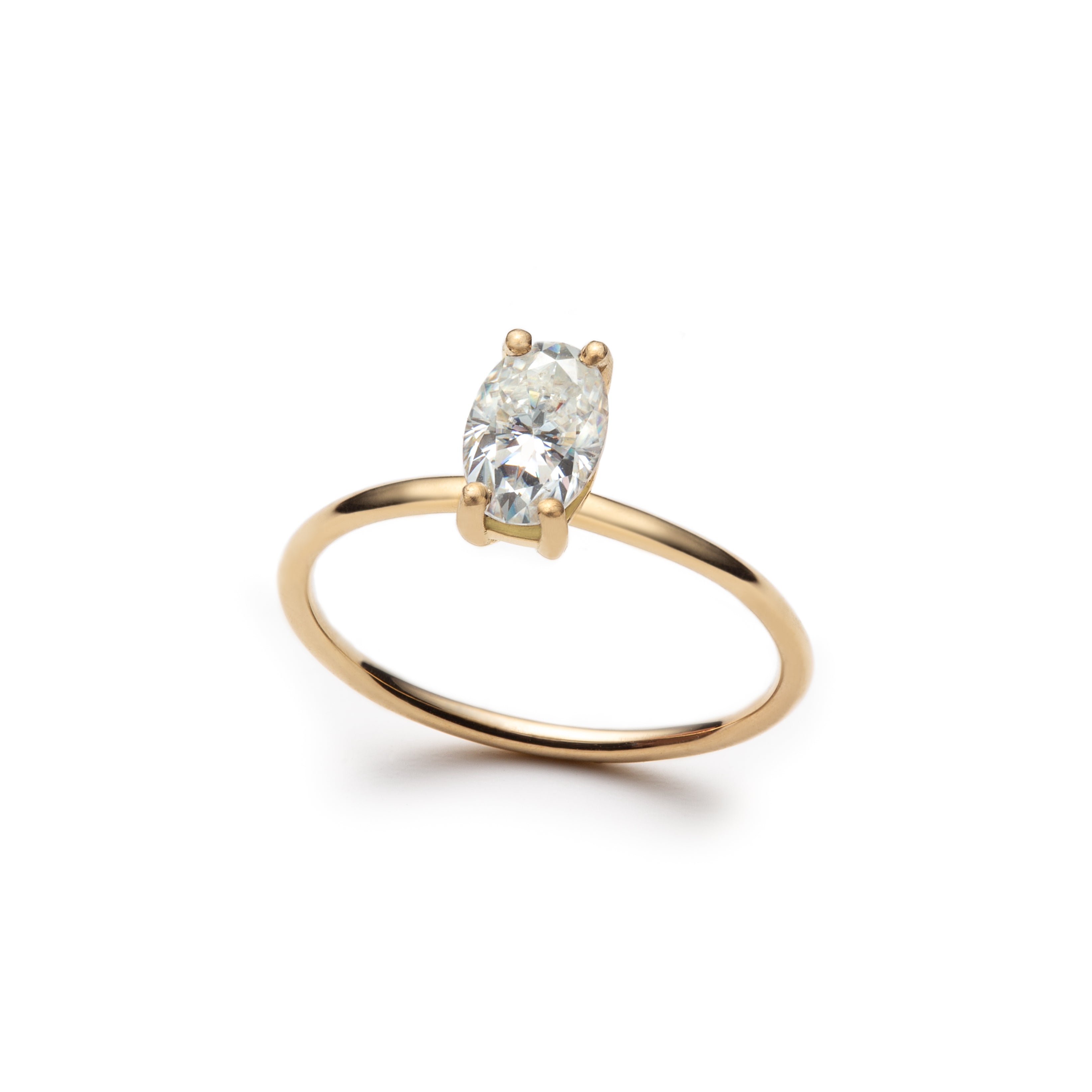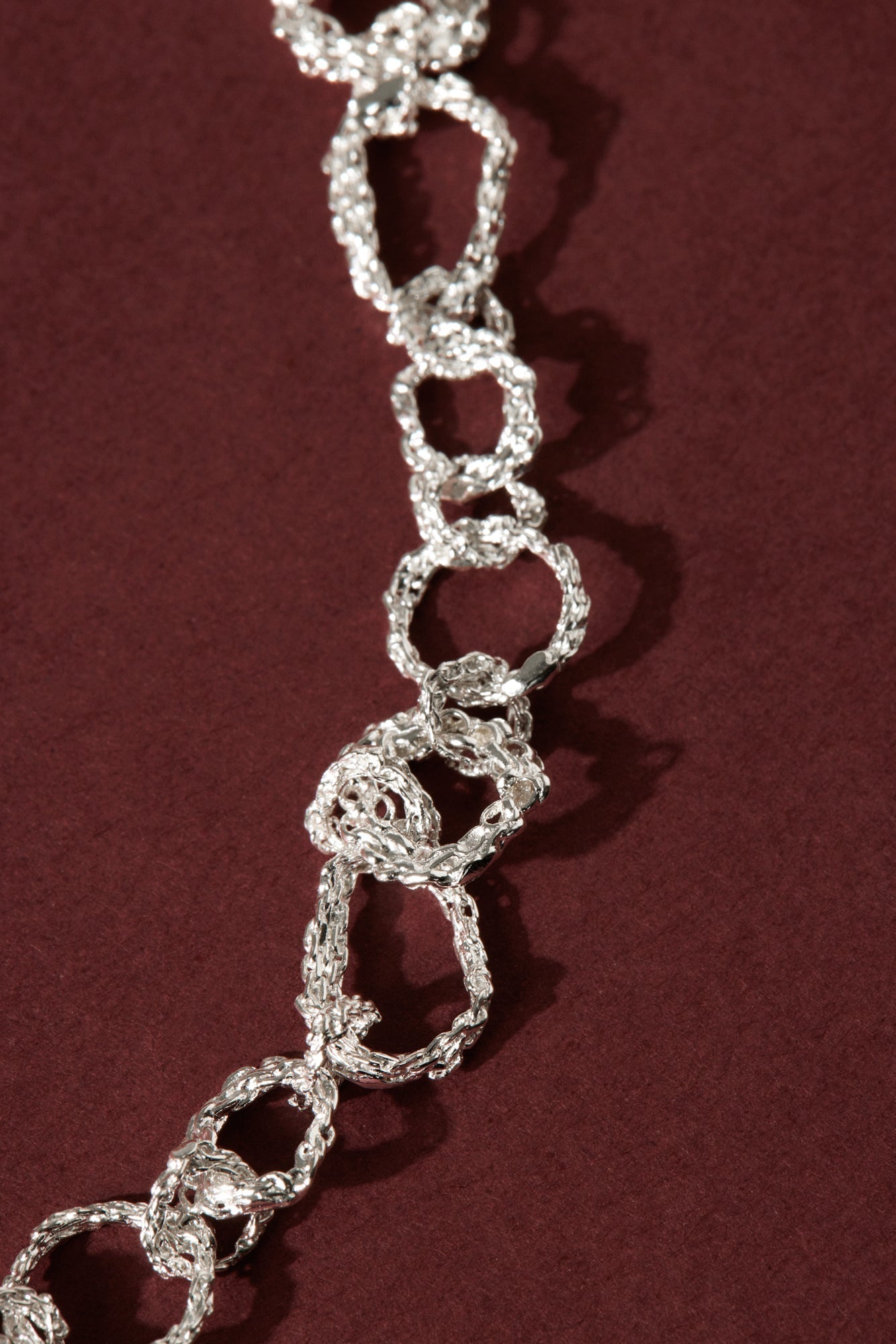
Hypoallergenic Jewelry
At Camillette, we often get questions about hypoallergenic material. Hypoallergenic jewelry reduces the risk of allergic reactions but doesn't eliminate them completely. Learn more about allergic reactions to metals in this article.
What Does Hypoallergenic Mean?
According to the Larousse dictionary, a hypoallergenic substance causes few allergic reactions. A hypoallergenic metal, therefore, minimizes the risk of allergic reactions, but does not completely prevent them.
What Causes an Allergic Reaction?
When it comes to jewelry, allergic reactions are usually caused by contact between metal ions and the skin. This can lead to hypersensitivity or an allergic reaction. The human immune system can perceive these ions as microbes or bacteria and attack them. It’s the natural corrosion of the metals in jewelry that causes them to release these ions. The most common allergic reaction is contact dermatitis. Symptoms include a red skin rash and itching. This allergic reaction is sometimes confused with eczema.
Which Metals Are Most Likely to Cause Allergic Reactions?
Nickel and copper are among the metals most likely to cause allergic reactions. Nickel is one of the most toxic metals used in metalworking. It’s rarely used on its own and is usually found in alloys, such as brass or even sometimes in white gold.
Copper is another material that can trigger allergic reactions. For example, sterling silver, or 925 silver, is composed of 92.5% silver and 7.5% copper. So, any allergic reaction to sterling silver is likely due to the copper content—not the silver itself. The same goes for many alloys like brass (made of copper and zinc) and rose gold. In rose gold, it’s the copper that gives it its rosy hue. Copper is much less present in yellow gold, especially above 18 karats.

Plated metals don’t necessarily prevent allergic reactions. The plating is often too thin to prevent the metal underneath from corroding and releasing metal ions, which cause allergic reactions.
Which Metals Are Hypoallergenic or Non-Allergenic?
Platinum & Rhodium
Platinum , rhodium and other metals from the platinum group, such as palladium, are naturally non-allergenic.
Gold
18K yellow gold is hypoallergenic. If you're looking for hypoallergenic white gold, the alloy must contain palladium.

Nobium
Niobium is highly resistant to corrosion, which makes it less likely to cause allergic reactions.
Titanium
Like platinum and niobium, titanium is known for its high corrosion resistance. It’s also less likely to cause allergic reactions.
Stainless Steel
Stainless steel is generally considered hypoallergenic, but it can still cause allergic reactions. Some stainless steel alloys contain chromium or nickel, both of which can trigger allergies. Chromium helps prevent corrosion but can still be allergenic, as can nickel, as mentioned above. Stainless steel lowers the risk of allergic reactions but doesn't eliminate it.
Surgical Steel
Surgical steel is a type of stainless steel used in medical procedures, such as implants and surgical instruments. This alloy also contains varying amounts of chromium and nickel. While allergic reactions to it are rare, they can still happen. Jewelers rarely use steel since it's a very hard material to work with.
What Should You Take Away From This?
In short, there is no metal or substance that is 100% hypoallergenic. The term "hypoallergenic" simply means that the risk of an allergic reaction is reduced—but not eliminated. Every alloy contains some percentage of metals that can potentially trigger allergic reactions, depending on the person. It's all about finding the metals that work best for your body!
Are Camillette's Jewelry Pieces Hypoallergenic?
As explained above, no metal or jewelry is completely allergy-proof. Camillette’s yellow gold jewelry is the least likely to cause allergic reactions. Although it’s 10K or 14K gold and not 18K, these alloys contain fewer additional metals compared to rose gold, for example, which has a higher copper content.
Depending on which metals you’re sensitive to, sterling silver might also be a good option. For instance, if you’re allergic to nickel but not to copper, sterling silver is a great solution!

